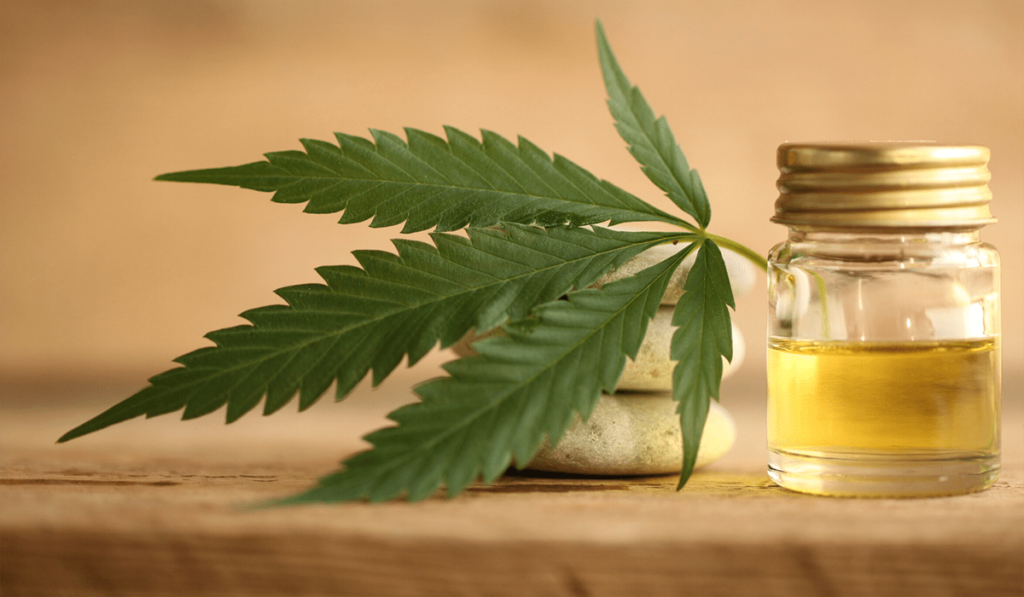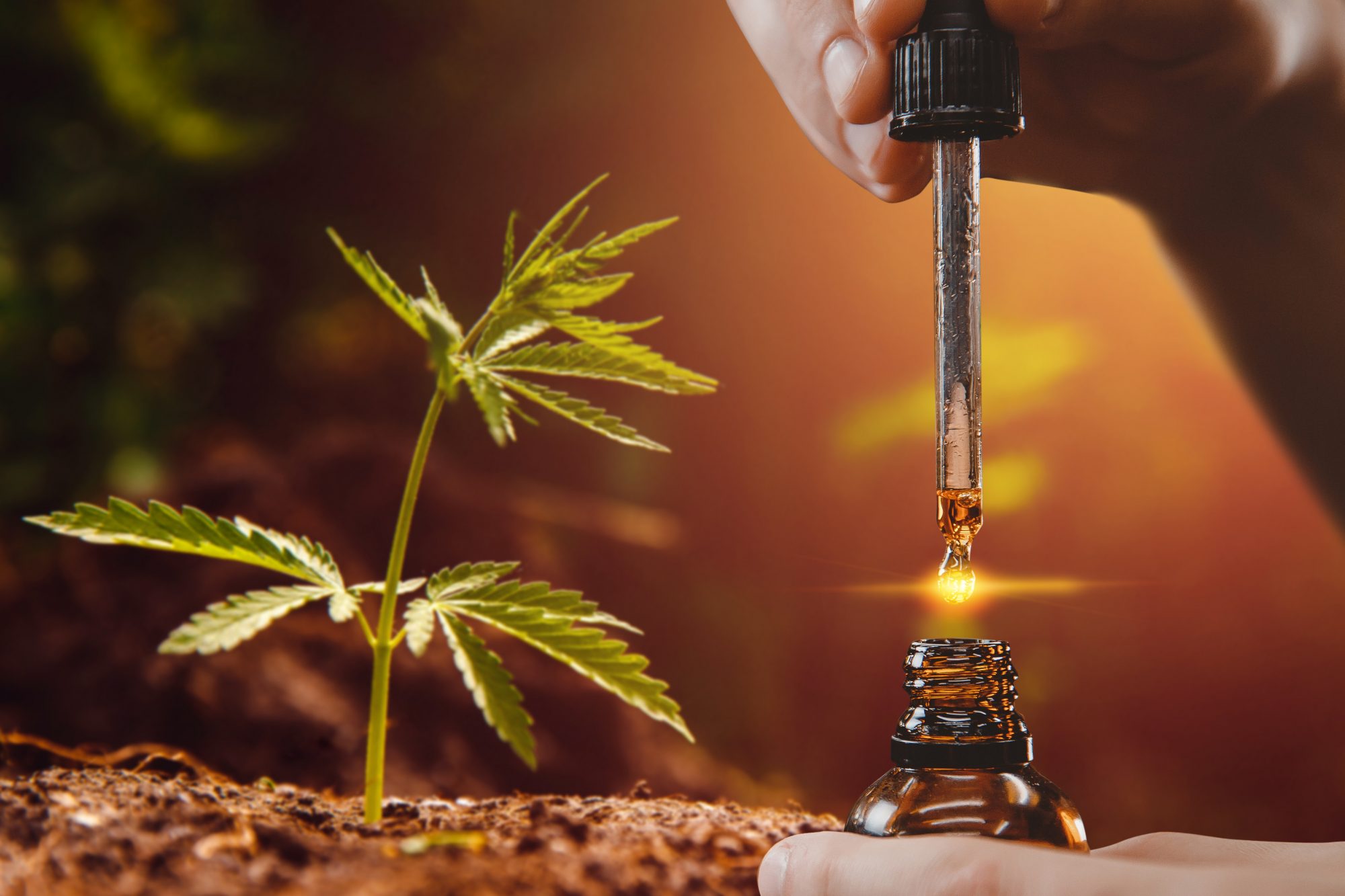CBD is an abbreviation for cannabidiol. It is one of numerous chemical compounds discovered in hemp and marijuana plants. CBD oil is a supplement that may be added to a wide range of items, including lip balm, lotion, beverages, and gummies.
CBD oil is made by extracting cannabidiol from hemp or marijuana plants’ blooms and buds. Cannabis sativa is classed as hemp or marijuana based on the amount of THC, the chemical that causes a high when taken, in it.
It is technically hemp if the sativa plant has less than 0.3 percent THC. Marijuana is defined as any plant that has greater than 0.3 percent THC.
Related: The Importance of Carrier Oil for Cannabidiol CBD
Because hemp contains more CBD and is legal in all 50 states, it is commonly used for CBD extraction. However, how is CBD taken from the plant? The procedure varies depending on the CBD manufacturer.

Primary Methods of Making CBD Oil
There are numerous methods for extracting CBD from plants, each with varying degrees of safety and efficiency. It’s critical to understand the distinction because how CBD is extracted influences the quality and efficacy of the finished product. This post will go over the many ways to produce CBD oil.
The CO2 Process
Carbon dioxide, or CO2, is one of the more prevalent extraction processes for CBD oil. This system makes use of CO2’s ability to behave as a gas, solid, and liquid. For CO2 extraction, closed-loop extractors are most typically utilized.
The procedure begins with a solid chunk of CO2 in one chamber, which is then pumped into a second chamber containing cannabis material. The second chamber is kept at a pressure high enough that the CO2 remains liquid-like and absorbs the plant’s oils and tastes.
The CO2-cannabinoid combination is then poured into a third chamber, where it returns to a gas form, leaving the plant’s oil and taste behind. When done correctly, CO2 extraction produces some of the cleanest cannabis extracts. However, because of the high cost of equipment and the steep learning curve, this is not always the case.
When done correctly, CO2 extracted CBD oil is among the purest in the world, but there is plenty of possibility for error when done in less-than-ideal conditions. Because of the risk of error, subcritical CO2 extraction is mostly used by “boutique” CBD companies.

The Ethanol Process
Another popular extraction method is ethanol extraction, which is safe, easy, and effective. High-grade grain alcohol (ethanol) is utilized as a solvent in this procedure to isolate CBD and other cannabinoids from the plant itself.
Ethanol extraction may be performed in either warm or cold temperatures and is believed to be particularly time-efficient when compared to other CBD extraction procedures, such as CO2 extraction.
This approach produces CBD oil that is commonly used in vape pen cartridges and other items. This extraction procedure, however, removes the cannabis plant waxes, which may offer health benefits that some product manufacturers prefer.
Using Liquid Solvents
The concept of employing a liquid to absorb CBD oil from the cannabis plant extends beyond CO2 and ethanol. Butane, hexane, and isopropyl alcohol are examples of naturally liquid compounds. A liquid solvent is poured through decarboxylated hemp to remove cannabinoids and terpenes, similar to the CO2 or ethanol extraction processes.
Liquid solvent extraction is a less expensive and simpler method of extracting CBD oil, and it is simple to scale for commercial production, but it has drawbacks.
Because not all solvents can remove all contaminants, plant chlorophyll may remain in the oil, giving it a greenish tint and a bitter taste. To avoid contaminants, a CBD manufacturer must adapt the procedure as needed. Because many of the liquid solvents employed are very flammable, this procedure is potentially more hazardous than others.
The Oil Infusion Method
Oil infusion is one of the oldest methods of obtaining CBD oil, and it is still used by many home growers and producers today. It is one of the simplest methods, but it has certain disadvantages.
The plant material must first be decarboxylated or heated to a precise temperature to activate the chemicals before beginning oil infusion. The plant material is mixed with olive oil or a similar carrier oil and cooked for a few hours at 100 degrees Celsius.
Because olive oil cannot evaporate from CBD oil, one of the key disadvantages is that much more oil is utilized in comparison to the amount of liquid solvents used in their processes.

Secondary Methods
Because some of the preceding methods produce impure CBD oil from the medical cannabis sativa plant, many manufacturers choose for one or both of the secondary processes listed below to further purify their product.
Winterization
Winterization is the process of eliminating unwanted components from oil to produce best cbd oil. After the oil has been removed, it is blended with 200 percent alcohol and aggressively mixed until thoroughly combined.
The alcohol thins the crude oil by allowing the desired portions of the crude to dissolve in the alcohol while the undesirable elements congeal and freeze, allowing them to be filtered out.
The combination is subsequently placed in a deep freezer at temperatures below zero. After it has frozen overnight, it appears hazy and is ready for filtration. The filter eliminates lipids and other undesirable elements.
The oil and alcohol combination is poured into paper-filter-lined receptacles. The CBD oil remains in the alcohol solution and travels through the filter, catching the undesirable frozen portions.
When the oil has reached the desired quality, the combination can be heated to the boiling point of alcohol, which is lower than that of CBD oil, to remove the alcohol. The alcohol evaporates, leaving behind the CBD oil.
Distillation
A procedure known as short path distillation is used to purify CBD oil further. This approach makes use of the fact that different CBD oil constituents have varied boiling points.
Short path distillation begins by gradually heating the CBD oil until unwanted compounds like terpenoids, flavonoids, and impurities begin to boil off. A vacuum is sometimes employed to separate vapors with lower boiling points.
The resulting vapors pass via a distillation tube until they reach cooling coils, where they condense and drip into a separate collection container. The process is repeated until only pure CBD oil remains in the original container.
Conclusion
The basics of what cannabidiol CBD is and how CBD from medicinal cannabis plant is made are outlined above. Following the production of the oil itself, distribution devices such as vials and bottles, as well as vape cartridges and other mechanisms, must be produced. Of course, the production process includes much more, such as CBD product packaging.
CBD oil and hemp oil has been used consistently in the treatment of conditions such as chronic pain, anxiety disorders, cancer treatment, multiple sclerosis, post traumatic stress disorder, and for other health benefits. To know more about buying CBD oil in Australia and other hemp seed oil benefits, you should book a consultation session with a professional from Chronic Therapy today.




